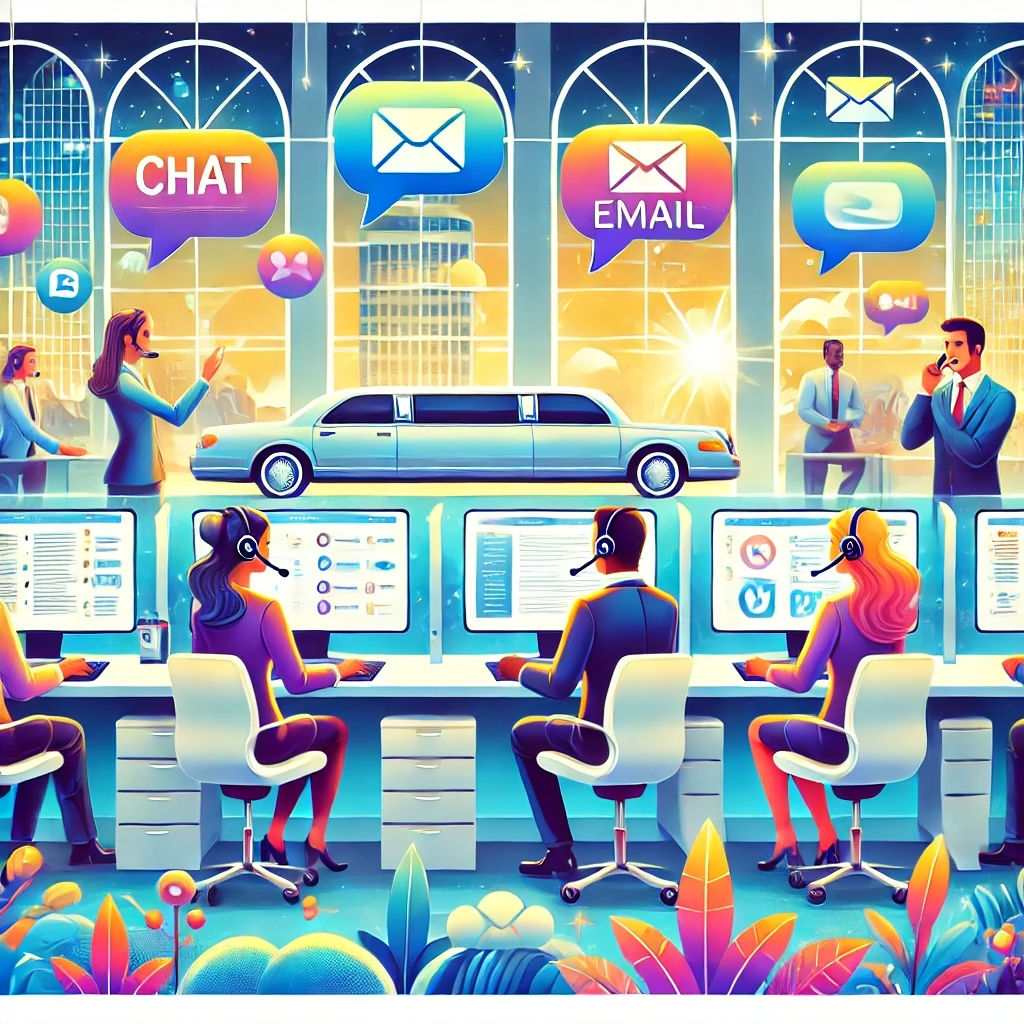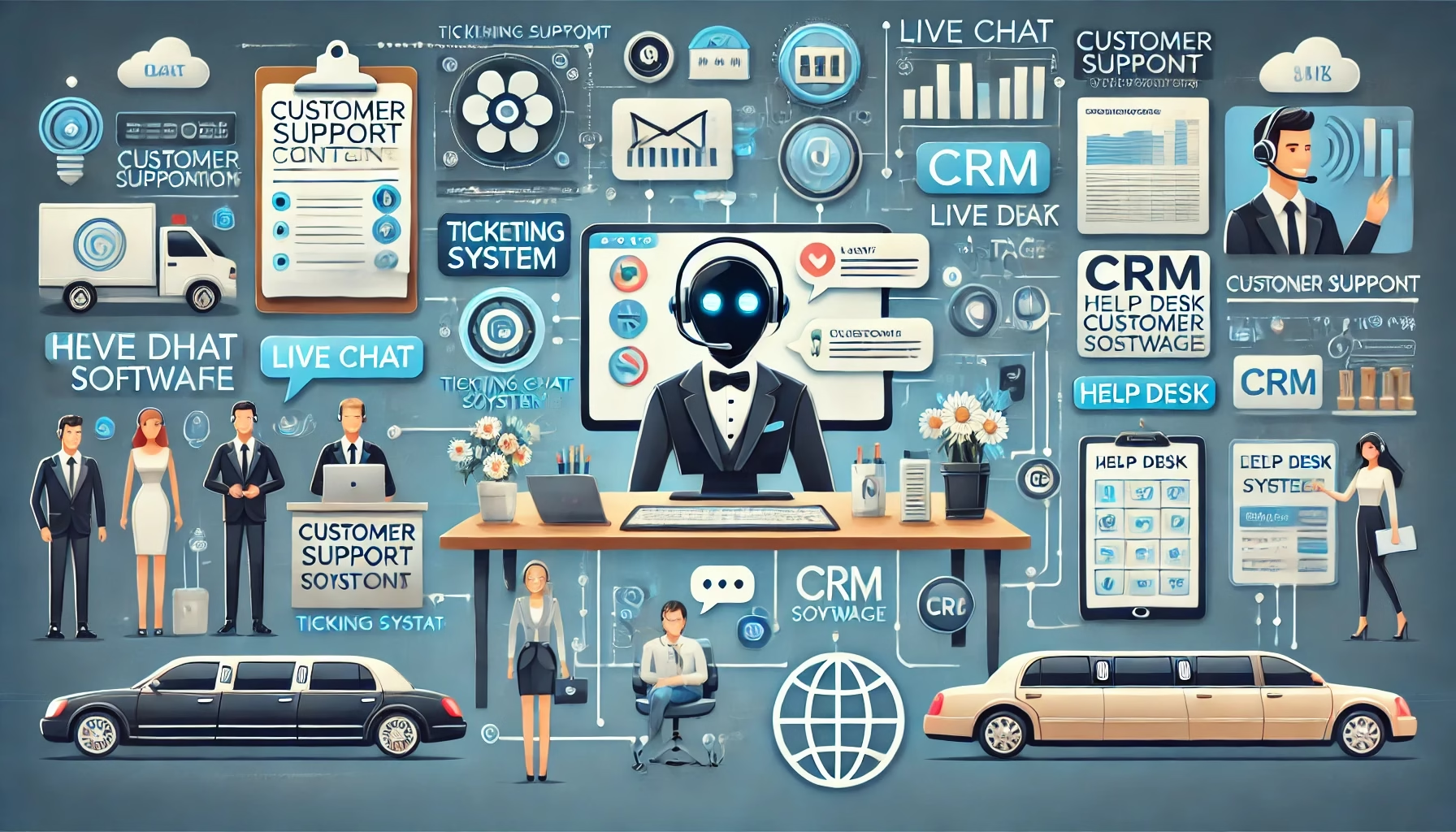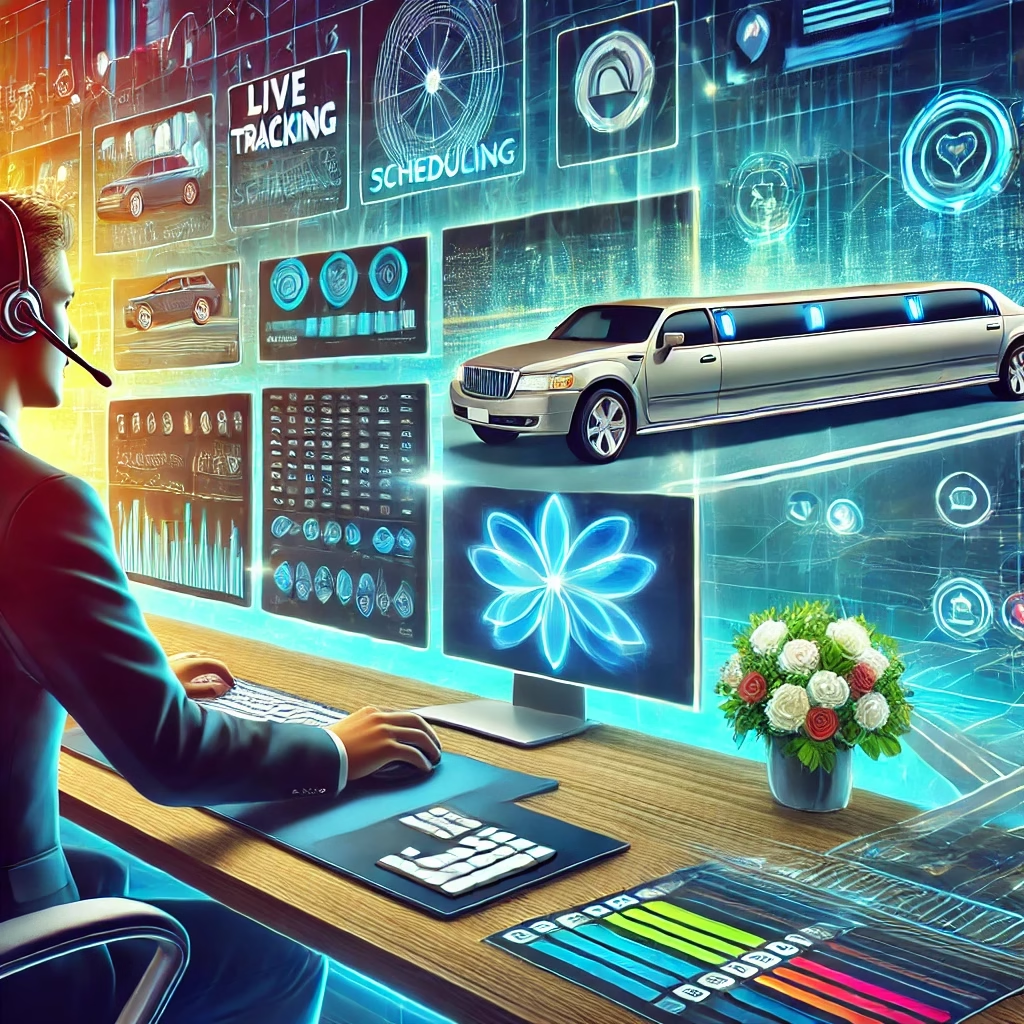Introduction
In today’s fast-paced world, exceptional customer support can make or break a business. Whether your team handles queries for a dispatch service or a limousine business, ensuring that your chat and email support stand out is critical. This article dives deep into how to train chat and email support teams for excellence. With practical solutions, we’ll cover essential tips to boost performance, overcome challenges, and achieve customer satisfaction.
1. Start with a Clear Onboarding Process
The Issue
New hires often face challenges in adapting to the communication style and technical requirements of chat and email support. Without proper onboarding, they may struggle to meet customer expectations, leading to delays and errors.
The Solution
- Introduce a Comprehensive Handbook: Create a detailed onboarding guide tailored to chat and email support roles. Include FAQs, tone guidelines, and technical processes.
- Set Role-Specific Goals: Clearly outline what success looks like in chat and email support. This might include response times, customer satisfaction scores, and issue resolution rates.
- Shadowing and Mentoring: Allow new hires to observe experienced team members. This hands-on approach helps them understand workflows and effective communication techniques.
2. Focus on Soft Skills Training
The Issue
Soft skills like empathy, clarity, and patience are crucial for chat and email interactions. However, not all team members excel in these areas naturally.
The Solution
- Role-Playing Scenarios: Practice real-world situations, such as handling difficult customers or addressing complaints.
- Feedback Loops: Regularly review chat and email transcripts with constructive feedback. Highlight examples of empathetic and professional communication.
- Emphasize Positive Language: Teach your team to replace negative or dismissive phrases with encouraging, solution-oriented language.
3. Equip Teams with the Right Tools
The Issue
Inefficient software or lack of access to essential tools can slow response times and frustrate both the support team and customers.
The Solution
- Invest in Chat and Email Platforms: Use robust tools like Zendesk, Freshdesk, or LiveChat. Ensure the software integrates well with your dispatch or limousine management systems.
- Provide Knowledge Base Access: Equip the team with a comprehensive internal knowledge base to resolve queries quickly.
- Automate Repetitive Tasks: Leverage chatbots or email templates for standard queries, freeing up time for complex issues.
4. Prioritize Communication Style Training
The Issue
Different industries, such as dispatch or limousine services, require distinct communication styles. A casual tone may not suit a formal business like luxury transportation.
The Solution
- Tailor Communication to Your Audience: Train your team to adjust their tone based on customer preferences. For example, limousine customers may expect formal and polite exchanges.
- Practice Writing Concise Responses: Ensure responses are clear, brief, and solution-oriented to avoid confusion.
- Review Industry-Specific Scenarios: Use dispatch and limousine-related examples to prepare your team for real-world interactions.
5. Set Clear Performance Metrics
The Issue
Without measurable goals, it’s hard to track progress or identify areas for improvement in chat and email support.
The Solution
- Define Key Metrics: Focus on metrics like First Response Time (FRT), Average Resolution Time (ART), and Customer Satisfaction (CSAT) scores.
- Gamify Performance: Introduce leaderboards or small rewards for achieving targets. This motivates the team to consistently improve.
- Conduct Regular Performance Reviews: Offer data-driven feedback during one-on-one sessions to keep the team aligned with expectations.
6. Encourage Multitasking Without Overloading
The Issue
Chat and email support often require handling multiple tasks simultaneously, which can overwhelm agents if not managed properly.
The Solution
- Limit Concurrent Chats: Set a manageable limit for how many chats an agent can handle at once. This ensures quality doesn’t suffer.
- Time Management Training: Teach agents to prioritize tasks effectively, ensuring urgent queries get resolved first.
- Use Scheduling Tools: Optimize workflows by assigning tasks during low-traffic periods, ensuring agents aren’t overburdened.
7. Develop a Feedback-Oriented Culture
The Issue
Many support teams don’t receive consistent feedback, making it difficult to improve their skills or address weaknesses.
The Solution
- Encourage Peer Reviews: Allow team members to provide constructive feedback to one another.
- Analyze Customer Feedback: Use reviews and ratings to identify areas where the team excels and where they need improvement.
- Organize Monthly Training Sessions: Address recurring issues through targeted training based on feedback trends.
8. Handle Difficult Customers with Confidence
The Issue
Handling complaints or irate customers can be stressful, especially over chat or email, where tone can be misinterpreted.
The Solution
- Train on De-Escalation Techniques: Teach agents to remain calm, acknowledge the issue, and offer actionable solutions.
- Provide a Script for Common Issues: Scripts can help agents navigate difficult situations without sounding robotic.
- Empower Agents: Allow agents to make small decisions, like offering discounts, to resolve issues swiftly.
9. Regularly Update Training Materials
The Issue
Outdated training materials can leave agents ill-equipped to handle changes in processes or customer expectations.
The Solution
- Review Materials Quarterly: Ensure all documents, scripts, and resources are up-to-date with the latest processes and technology.
- Incorporate Feedback: Use insights from agents and customers to refine training programs.
- Leverage Industry Trends: Stay informed about changes in dispatch and limousine services to prepare your team accordingly.
10. Create a Collaborative Environment
The Issue
Siloed teams often struggle with communication and efficiency, especially when solving complex queries.
The Solution
- Encourage Team Huddles: Short daily or weekly meetings foster collaboration and keep everyone updated.
- Implement Collaboration Tools: Use platforms like Slack or Microsoft Teams for seamless internal communication.
- Celebrate Success Together: Recognize team achievements, boosting morale and camaraderie.
Conclusion
Building a highly effective chat and email support team requires strategic planning, consistent training, and the right tools. By focusing on these ten strategies, businesses, particularly those in dispatch and limousine services, can improve customer satisfaction and operational efficiency.
For professional dispatch and customer support services, consider partnering with Saztech Solutions. Visit their website at https://www.saztech-solutions.com/ to explore how they can enhance your business operations.
Home | About Us | Pricing | Get Started | FAQ | Dispatch Daily | Contact Us
WhatsApp | Facebook | LinkedIn





Leave a Reply